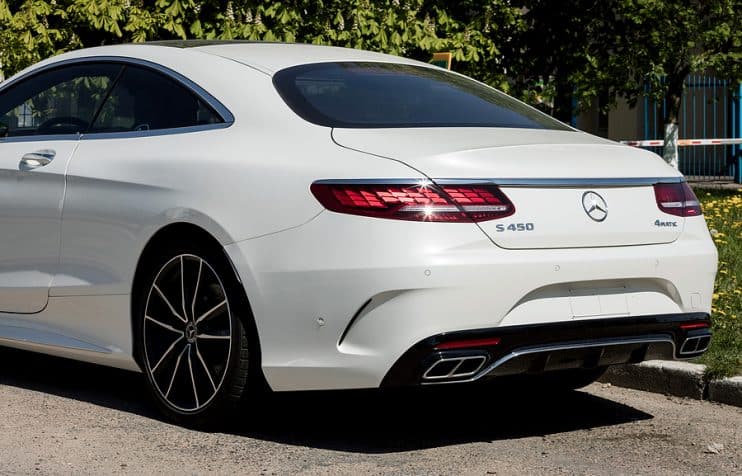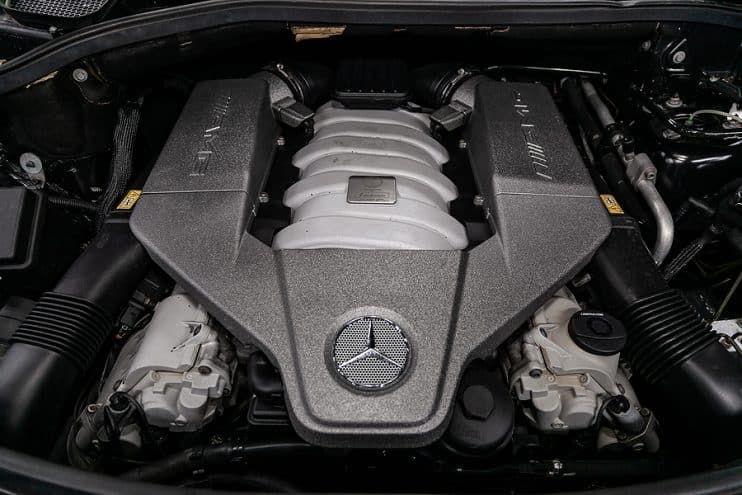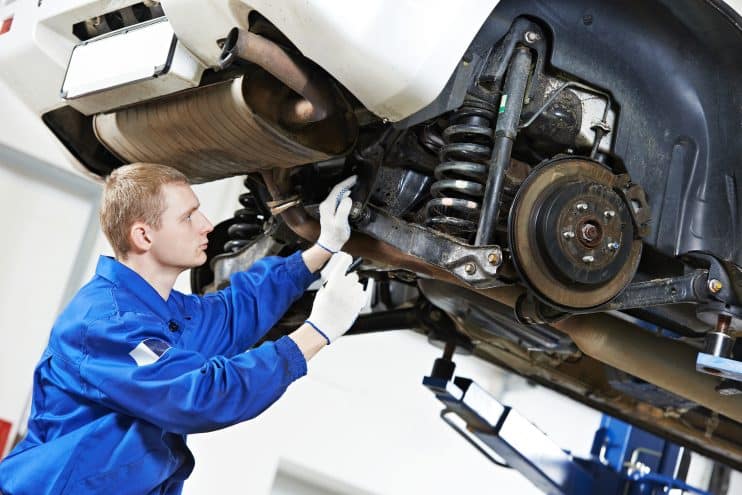
The Mercedes-Benz S-Class is Mercedes’ flagship luxury sedan. First introduced in 1972, it has been Mercedes’ top-of-the-line luxury model for decades across multiple generations. The current model is the W223.
Mercedes uses the S-Class to introduce top-of-the-line new technology and features, so even the W221, produced from 2006-2013, comes with innovations such as infra-red night vision, massage seats and pre-collision assist systems.
With powerful V6, V8, and V12 engine options, it’s also available as a diesel S320, which gives a longer drive time between fuel top-ups. Diesel options are the most popular in the used car markets.
We take a closer look at some of the most common problems and faults associated with the Mercedes-Benz S-Class and give you the lowdown on whether it’s a reliable used car to purchase and drive.
Table of contents:
- What are the most common faults with the Mercedes S-Class?
- Is the Mercedes S-Class a reliable car?
- Is the Mercedes S-Class expensive to maintain?
What are the most common faults with the Mercedes S-Class?
The Mercedes S-Class is a luxury car with many features and comforts, but it also has some common problems that owners and potential buyers should know. These include the following:
Electrical problems
As the S-Class models have more tech and luxury features, sensors and electronics are brought into the mix that may cause headaches further down the road.
Issues with electronics are among the most common problems drivers report, including failed amplifiers, broken inflating seat bolsters, issues with the infotainment system and malfunctioning keyless entry. The COMAND (Cockpit Management and Data system ) may also fail to turn off, and the battery may drain when the car is parked.

Engine problems
Some S-Class engines have had design defects over the years, leading to repairs, like prematurely wearing timing chain guides, balance shaft and idler gear failures, oil leaks, and more.
Diesel S-Class engines with over 200,000 miles may have further problems, especially if maintenance has been poor. These include diesel fuel injector failure, EGR valve issues, and problems with the diesel particulate filters (DPF) clogging up over time, reducing engine performance and increasing emissions, leading to costly repairs. Stretched timing chains can also cause excessive rattling when idle.
Problems with power windows
Mercedes W221 models often suffer from power windows that get stuck and fail to raise or lower correctly.
This issue is usually caused by a damaged window regulator mechanism that moves the glass or an electrical failure in the control module that operates the windows.
Issues with brakes
Drivers of Mercedes S-Class have reported the brake lines and parts are corroding or breaking down more quickly than they should. This can lead to the dangerous possibility of brakes failing without warning.
Other problems like faulty brake light switches or booster systems can also cause the brakes to malfunction or stop working.
Several S-Class owners have complained that the electric handbrake does not hold the car in place when parked on a steep hill or slope.
Finally, warning lights related to problems with the anti-lock brakes (ABS) can come on due to damaged sensors, low brake fluid, electrical issues, low tire pressure, or breakdown of the ABS computer.
Oil leaks
As mileage increases, the Mercedes-Benz S-Class is prone to oil leaks from several areas.
Two common leak points are the rubber camshaft plugs on the cylinder heads, which shrink over time, and the valve cover gaskets, which deteriorate and allow dripping. Oil can also sneak by the seals around the oil filter housing, oil cooler connections, and the front timing cover.

Suspension problems
The Mercedes S-Class has an air suspension system that uses air pressure to raise and lower the car. There is an air compressor that pumps the air into the suspension parts. This compressor is vital for the whole air suspension to work right.
Over many miles, the air compressor can break down from normal wear and tear. When it fails, there may not be enough air pressure for the suspension to lift the car, so the S-Class can start to ride low. Thankfully, this is a simple issue to address, but it does need to be addressed early to avoid more substantial repairs.
Water in the footwell
WhatCar advises buyers to check the footwell of any S-Class they intend to buy. A rubber piece in the drain box under the car can fail and get clogged. If a blockage like this is not fixed fast, water can flood the interior floor area. Too much water can damage other major parts, like the heater/AC system.
Is the Mercedes S-Class a reliable car?
According to What Car, the W221 is a robust machine with plenty of high-mileage examples that are still safe on the roads. AutoExpress gives it 4.5 stars out of 5 for reliability, but this can depend on the car’s model, year, mileage and how well it has been maintained. However, the S-Class is also a complex and expensive car with some common problems that can affect its safety and performance, and high-mileage S-Classes have plenty of complicated parts needing attention.
Buying a used luxury car like an S-Class can be tempting, thanks to the lower prices. But it is wise to do your homework first. Check consumer sites for reliability ratings on the particular S-Class model and year you want. See if it has a history of a lot of issues or recalls. Dig up service records, inspect every inch yourself, and test drive the car thoroughly. Listen and feel for any problems.
Is the Mercedes S-Class expensive to maintain?
The Mercedes S-Class has a lot more technology and luxury features than other Mercedes models, making it a lot more expensive to repair if and when things go wrong, even if you source new or used Mercedes S-Class parts yourself. You’ll need to pay higher prices for premium parts and labour and inevitably face higher costs for proper servicing and maintenance.
It’s a good idea to be realistic and set your annual maintenance budget accordingly. Luxury cars like the S-Class require luxury maintenance if they are to keep being reliable.





.png)